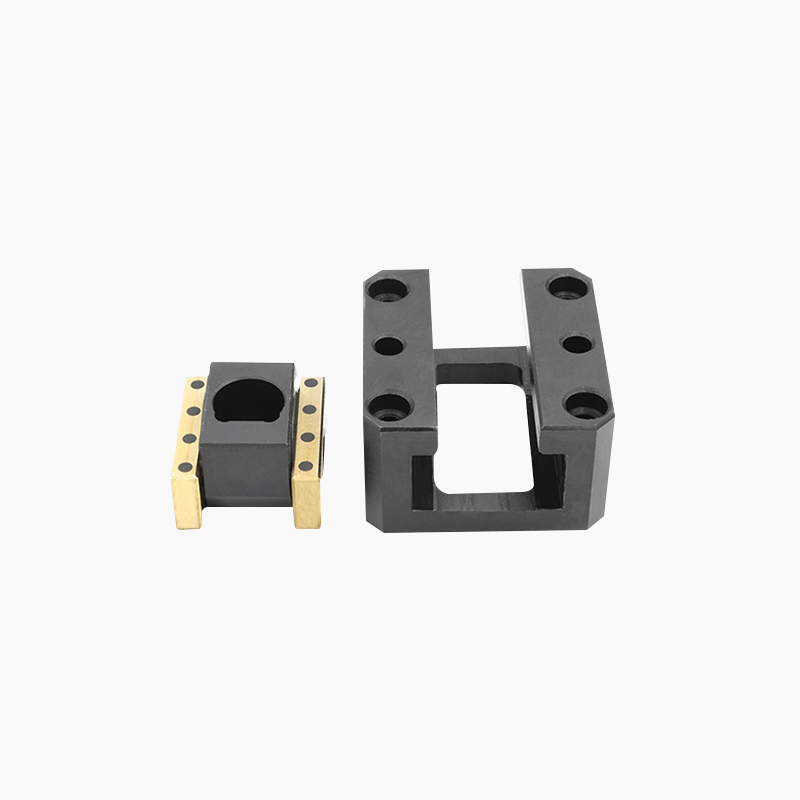(1) Injection molding Also known as die casting. It is […]
(1) Injection molding
Also known as die casting. It is to put the plastic raw materials into the preheated feeding chamber, and then put the pressing column into the feeding chamber to lock the mold, apply pressure to the plastic through the pressing column, and the plastic melts into a flowing state under high temperature and high pressure, and enters the cavity through the casting system Gradually solidify into plastic parts. This type of ejector sleeve method is also called transfer molding. Injection molding is suitable for plastics that are lower than solid plastics. In principle, plastics that can be compression molded can also be injection molded. But it is required that the molding material has good fluidity in the molten state when it is lower than the solidification temperature, and has a larger solidification rate when it is higher than the solidification temperature.
(2) Hollow molding
It is to fix the tube or sheet blank material made by extrusion or injection, which is still in a plasticized state, into the forming mold, and immediately pass in compressed air to force the blank material to expand and stick to the wall of the mold cavity. After cooling and shaping, it is demoulded, which is a processing method for obtaining the required hollow products. Plastics suitable for hollow molding are high-pressure polyethylene, low-pressure polyethylene, rigid polyvinyl chloride, soft polyvinyl chloride, polystyrene, polypropylene, polycarbonate, etc. According to different parison molding methods, hollow molding is mainly divided into extrusion blow molding and injection blow molding. The advantage of extrusion blow molding hollow molding is that the structure of the extruder and the extrusion blow molding die is simple, but the disadvantage is that the wall thickness of the parison is inconsistent, which easily causes the wall thickness of the plastic product to be uneven. The figure on the right is a schematic diagram of the principle of extrusion blow molding. The advantage of injection blow molding hollow molding is that the wall thickness of the parison is uniform and there is no flash. Because the injection parison has a bottom surface, the bottom of the hollow product will not have seams, which is not only beautiful but also high in strength. The disadvantage is that the molding equipment and molds used are expensive, so this molding method is mostly used for mass production of small hollow products, and it is not widely used in extrusion blow molding.
(3) Die casting mould
Die casting mould is also called transfer mould. The plastic raw materials are added to the preheated feeding chamber, and then pressure is applied to the pressure column. The plastic is melted under high temperature and high pressure, and enters the cavity through the casting system of the mold, and gradually hardens into shape. This molding method is called die casting. The mold used It is called a die-casting mold. This kind of mold is mostly used for the molding of thermoset plastics.
In addition, there are foam molding molds, glass fiber reinforced plastic low pressure molding molds, and so on.
